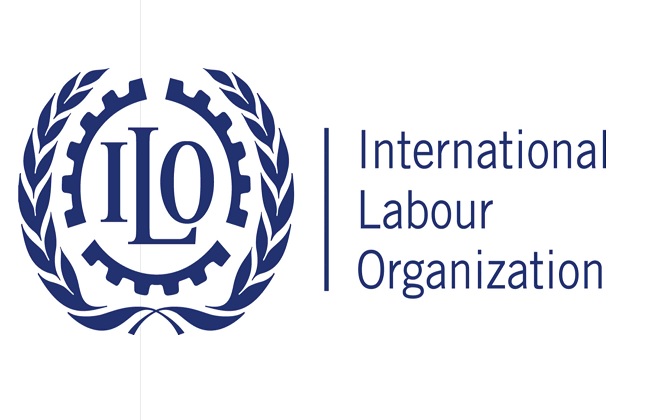
The International Labour Organization (ILO) finds upward pressure on inequality as the labour income share stagnates and a large share of youth remains out of employment, education or training, according to a report released on Wednesday.
In its newly-released World Employment and Social Outlook: September 2024 update, the ILO indicates slow progress on key Sustainable Development Goals (SDGs) as the 2030 deadline approaches.
The study reveals that the global labour income share, which represents the portion of total income earned by workers, fell by 0.6 percentage points from 2019 to 2022 and has since remained flat – compounding a long-running downward trend.
If the share had remained at the same level as in 2004, labour income would be larger by US$2.4 trillion in 2024 alone, said the report.
The study highlights the COVID-19 pandemic as a key driver of this decline, with nearly 40 percent of the reduction in the labour income share occurring during the pandemic years of 2020-2022.
The crisis exacerbated existing inequalities, particularly as capital income continues to concentrate among the wealthiest, undermining progress towards SDG 10, which aims to reduce inequality within and among countries.
Technological advances, including automation, have played a role in this trend. While these innovations have boosted productivity and output, the evidence suggests that workers are not sharing equitably from the resulting gains.
The report warns that without comprehensive policies to ensure that the benefits of technological progress are broadly shared, recent developments in the field of artificial intelligence could deepen inequality, putting the achievement of the SDGs at risk.
“Countries must take action to counter the risk of declining labour income share. We need policies that promote an equitable distribution of economic benefits, including freedom of association, collective bargaining and effective labour administration, to achieve inclusive growth, and build a path to sustainable development for all,” said Celeste Drake, ILO Deputy Director-General.
Drawing on the ILO’s recently published Global Employment Trends for Youth (GET Youth), the study also identifies the large share of youth outside employment, education and training as a persistent area of concern.
As GET Youth showed, the global rate of youth not in employment, education or training (NEET) registered only a modest decrease from 21.3 percent in 2015 to 20.4 percent in 2024 and is projected to remain flat for the next two years.
The female NEET rate – which stood at 28.2 per cent in 2024 – is more than double that faced by young men, jeopardizing SDG 8.


